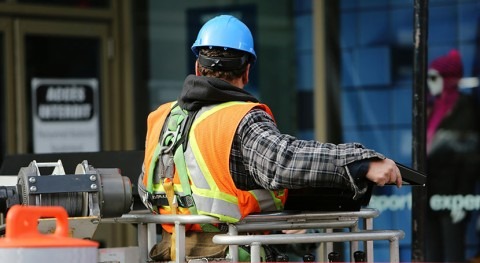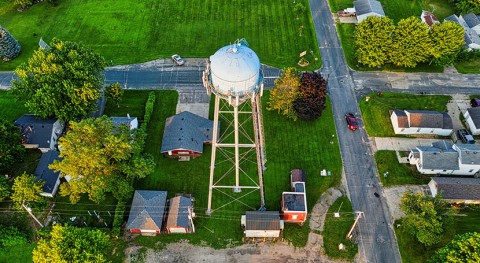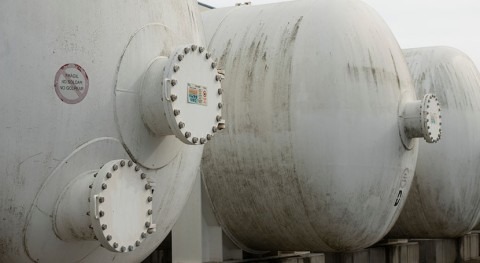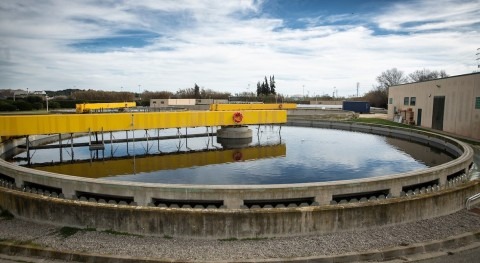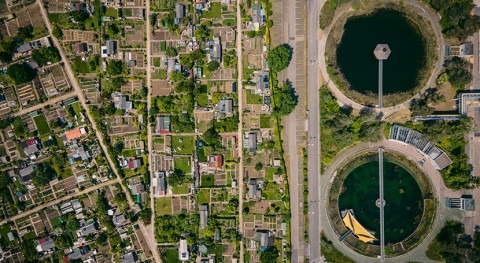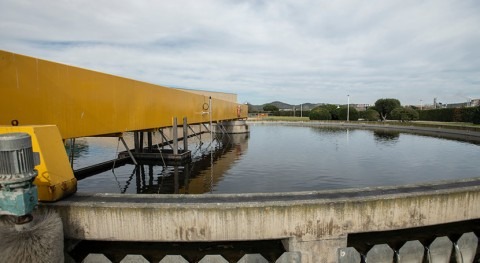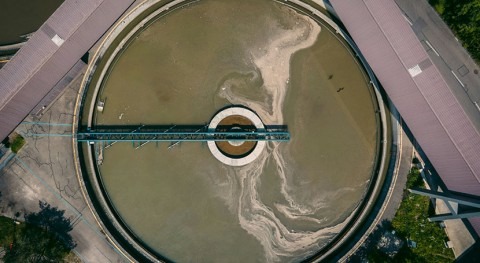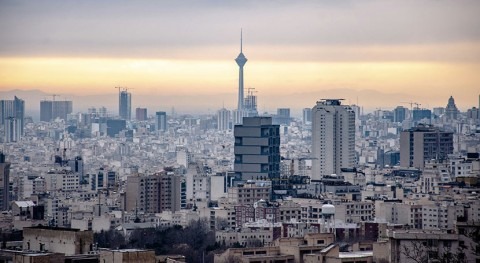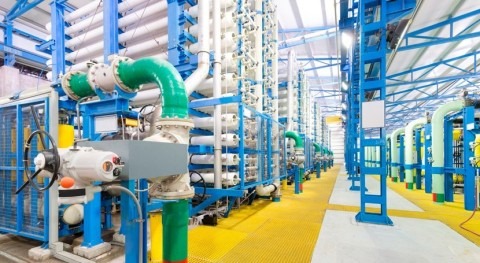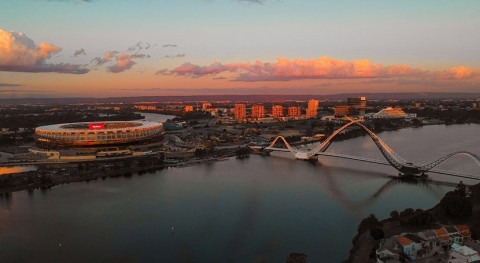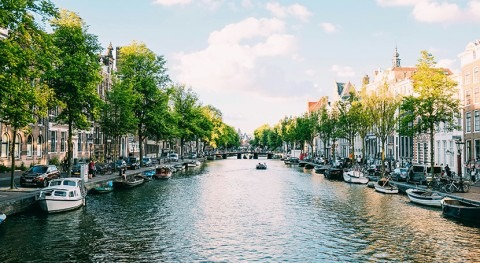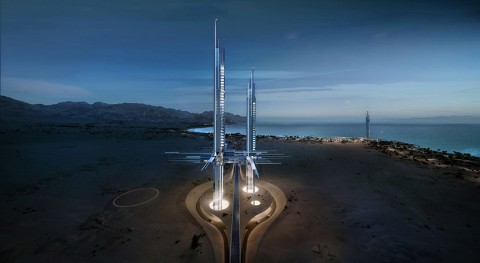Peru and Chile are experiencing a growth in water demand for domestic use as well as for mining operations. In addition, Chile is facing the worst drought in 60 years, with water deficit expected to worsen due to climate change. Both countries are considering water desalination as an alternative to increase their water supply, informs BNAmericas.
According to InvestChile, the Chilean Government’s Investment Promotion Agency, the use of seawater in mining in Chile, the world’s leading copper producer, could triple by 2029 compared to 2018, with an average annual growth rate of about 12%, while surface water use will remain more stable.
While access to water is a challenge for mining companies in several countries, those challenges intensify when they compete for ground and surface water with local communities, something that can lead to protests and stricter environmental regulations.
It makes sense then that large mining companies in Chile, located mostly in the country’s north, in the Atacama Desert, are increasingly dealing with water shortages by building their own desalination plants or using seawater directly.
Seawater desalination accounted for 20% of water use by mining operations in Chile in October 2019. Twelve major desalination plants are currently in operation providing water to the mining sector, and 15 more are planned (6 of those in the next two to three years).
On the other hand, only two plants are under way to provide water for domestic uses in Chile, the Copiapó plant, under construction, and the expansion of the La Chimba plant, for US$90 million.
In addition, Latin America’s largest solar powered desalination plant is being built in the region of Atacama. Known as ENAPAC (Energy and Water for the Pacific), the US$1 billion project, focused on mining, is undergoing court review.
Meanwhile, Peru’s mining industry is also turning to desalination. The Pampa de Pongo iron ore mine under development in Arequipa, worth US$2.2 billion, contemplates a desalination facility with a capacity of 11.6 l/s.
Concerning domestic water use, the government of Peru has planned three desalination plants for US$240 million, and a fourth one will soon be completed in Lima. The authorities plan to award future desalination projects following a PPP model. Two projects in the region of Piura, and another one in Lambayeque will serve some 300.000 people.





